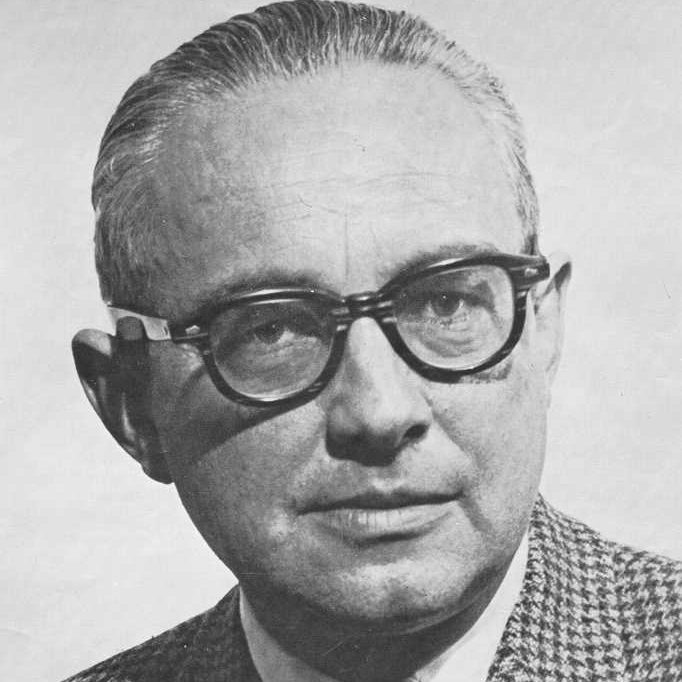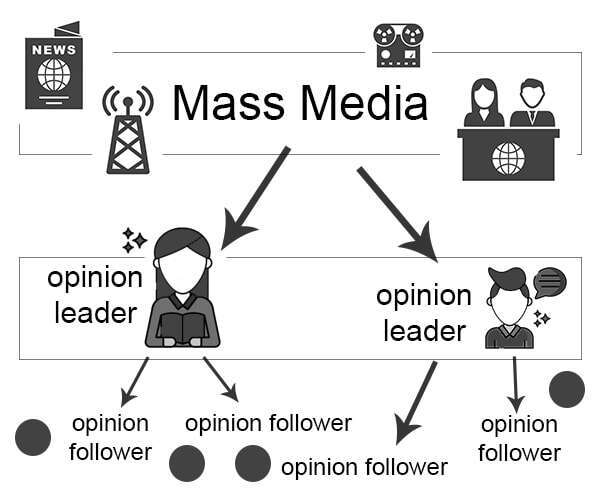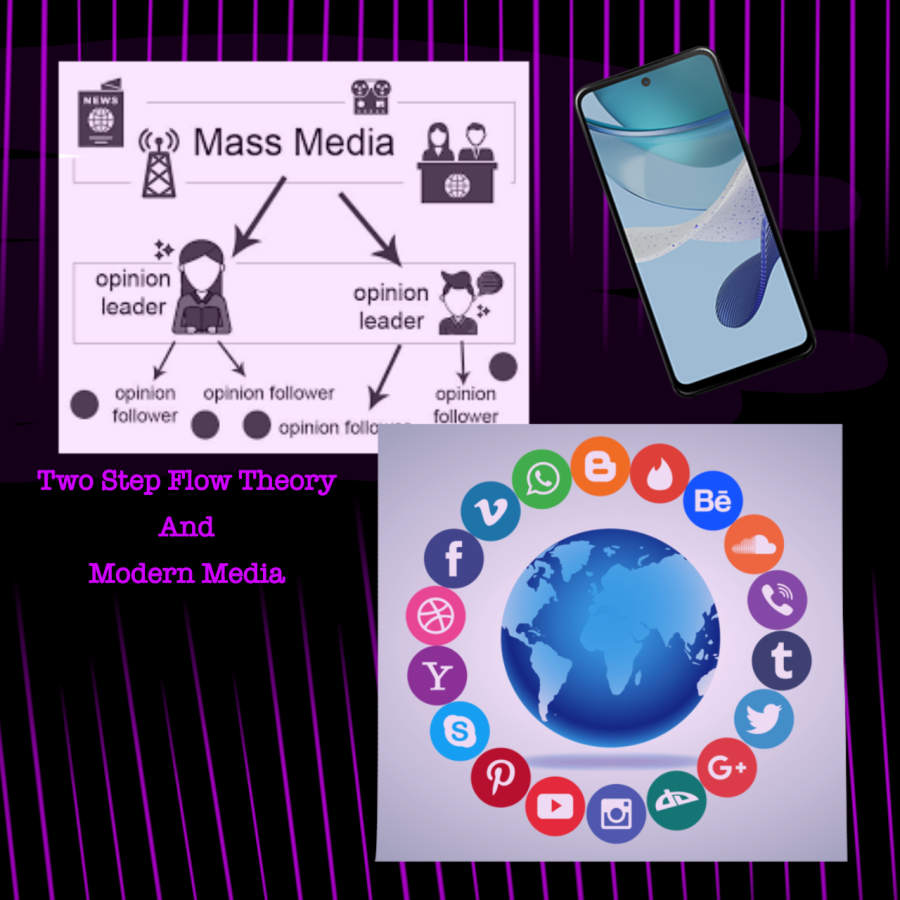INTRO;
The Two-Step Flow theory is a media theory considered to be formed by Paul Lazarsfeld in 1940 after a study of voting behaviours conducted in America. It states that mass media directly influences “opinion leaders” who then go on to influence other members of society. Typically, it states that most of the population don’t interact with/aren’t impacted by mass media and instead go to these opinion leaders for their information; AKA interacting with a person instead of a media outlet or conglomerate leaves more of an impact on public opinion. These opinion leaders can be anyone from powerful figures to a family member as long as they have the intent to pass their message on.

DOES THIS THEORY HOLD UP IN A MODERN CONTEXT?
Considering this theory was formed in 1940, how do we know if it still holds up today?
First of all the way we communicate has changed since 1940 with the invention of the internet and social media. Information can travel a lot quicker due to this and is more accessible than ever, which leaves an impact on how the thoughts of these opinion leaders would both effect how people react/interact and how these thoughts are expressed. Along with this, due to the rise of online influencers, there are more potential opinion leaders than ever.
Technology has also obviously changed; for example more people read the news online now than they do on paper. This greatly impacts how someone interacts with the news e.g. leaving comments, social media and website links, etc.
Due to this we have to account for information being easier to access; however we also have to account for how easy it is for people to spread their opinions now. Due to the rise of social media- although news gets around faster- it’s entirely likely you’ll see someone’s opinions on Twitter before you read the original article.
EXAMPLES;
Hypothetical “Historical” example:
A parent listening to Radio News hears that their child’s school has been shut down for the day due to snow. They tell their child and their child proceeds not to go to school.
The Mass Media is the Radio, the parent is the opinion leader and the child is the passive audience.
Hypothetical “Modern” example:
A Twitter user reads an article that strongly resonates with them. They quote tweet the article and it is shared with their following. Their following receives this tweet however likely doesn’t read the article.
The Mass Media is the article, the opinion leader is the twitter user and their following is their audience.
These hypotheticals show a basic idea of how an example before internet-based social media would work with this theory and an example of how this theory would work on social media platforms.
However the modern example does rely on the audience not doing their own research, which as information becomes more accessible is more and more unlikely.

TO CONCLUDE;
The Two-Step Flow theory is compatible with modern forms of media in most cases- this includes the internet and social media. However social media and widespread communication is more accessible and due to this opinions spread quickly, which potentially either enhances or negates the reach of these opinion leaders. Along with this doing personal research is easier for most audiences.
Two-Step Flow theory in some cases may need to make adaptations to fit into certain modern contexts- however it doesn’t necessarily need to as it is still applicable to many situations. Media doesn’t essentially need to filter through opinion leaders anymore to reach an audience- so in some cases it is now irrelevant. Due to this, in my opinion the theory’s relevance depends on the situation.
Ref. List;
[1] https://www.britannica.com/topic/two-step-flow-model-of-communication
[2] https://www.sciencedirect.com/topics/social-sciences/two-step-flow-of-communication
[3] https://www.communicationtheory.org/two-step-flow-theory-2/
[4] https://media-studies.com/two-step-flow/

